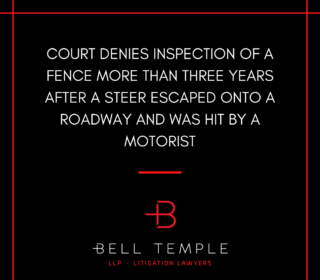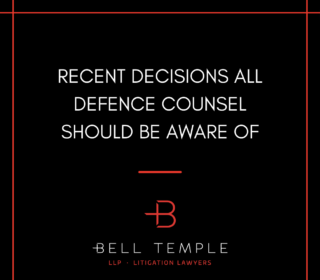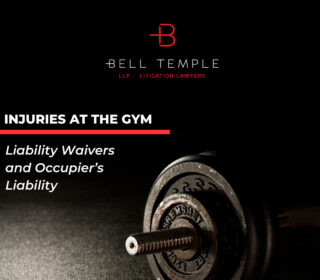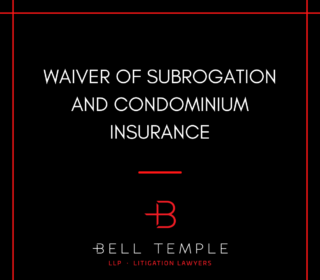With over 55,000 farms in Ontario, motor vehicle accidents involving escaped livestock is not as rare as one may think, and determining liability for the resulting injuries can be complex.
For the most part, liability hinges on whether the farm owner was negligent in allowing their animals to escape. Farm owners are statutorily obligated to take measures to ensure that their animals do not escape their premises. However, in Fleming v. Atkinson, 1959 CanLII 10 (SCC), [1959] SCR 513, the Supreme Court of Canada clarified that farm owners are not strictly liable for damage resulting from their escaped animals. Rather, the regular rules of negligence apply and an assessment of the circumstances is necessary to determine whether the owner acted negligently. In determining this issue, courts look to the conditions surrounding the confinement of the animals, including whether there were deficiencies in fencing; whether the doors and gates of the farm were closed/locked; and whether there were any other defects or peculiarities in the farm that should have been addressed by the owner.
For instance, in Youssef v. Redi-Mix Limited, 2018 ONSC 6409, a motorcycle driver suffered serious injuries when he struck an escaped donkey who had wandered onto the middle of the road overnight. The evidence illustrated that the donkey was able to pry open an unlocked gate using his own strength and then wander through an unsecured fence to the rural road. The court held that the farm owner’s failure to both ensure that the gate was “donkey-proof” and secure the subsequent fence constituted negligence.
Similarly, in Haley v. Reade, (2000) 228 N.B.R.(2d) 359 (TD), the court found the farm owner liable due to the evidence showing that the escaped cow broke through a fence to get to potatoes that the owner had failed to put away. According to the court, the owner’s inadvertent enticement of his cow constituted negligence.
The case law conversely demonstrates that absent negligence resembling the above, liability is unlikely to extend to the farm owner. In Munroe v. McCarron, [1999] N.S.J. No. 348, the court held that the farm owner had not acted negligently for his cow escaping, as the fence the cow escaped from was recently inspected and was in sound condition at the time of the accident. The court noted that the cow’s escape was attributable to “an unusual occurrence, not a breach of duty.”
In Wiebe v. Schmidt, 2013 BCPC 20, the court similarly found that the farmer was not liable for his fence being destroyed by a fallen tree which allowed his cattle to escape. The fence was in good shape prior to the tree falling and there was no indication that the tree was about to fall.
If negligence on the part of the farm owner is established, then the analysis turns to the potential negligence of the driver. As in all motor vehicle liability assessments, it is necessary to determine whether the driver was exercising prudent care at the time of the accident. Factors such as whether the animal was visible; whether the driver was speeding; and whether the driver was distracted will assist in determining the apportionment of liability.
In the end, farm owners should implement protocols to ensure that their animals do not escape their premises. This may include performing regular inspections of their fencing, remembering to properly lock gates, and ensuring that their animals are not enticed to escape. For their part, drivers should remain especially diligent while driving in rural areas and near farms. You never know when a chicken will decide to cross the road!







